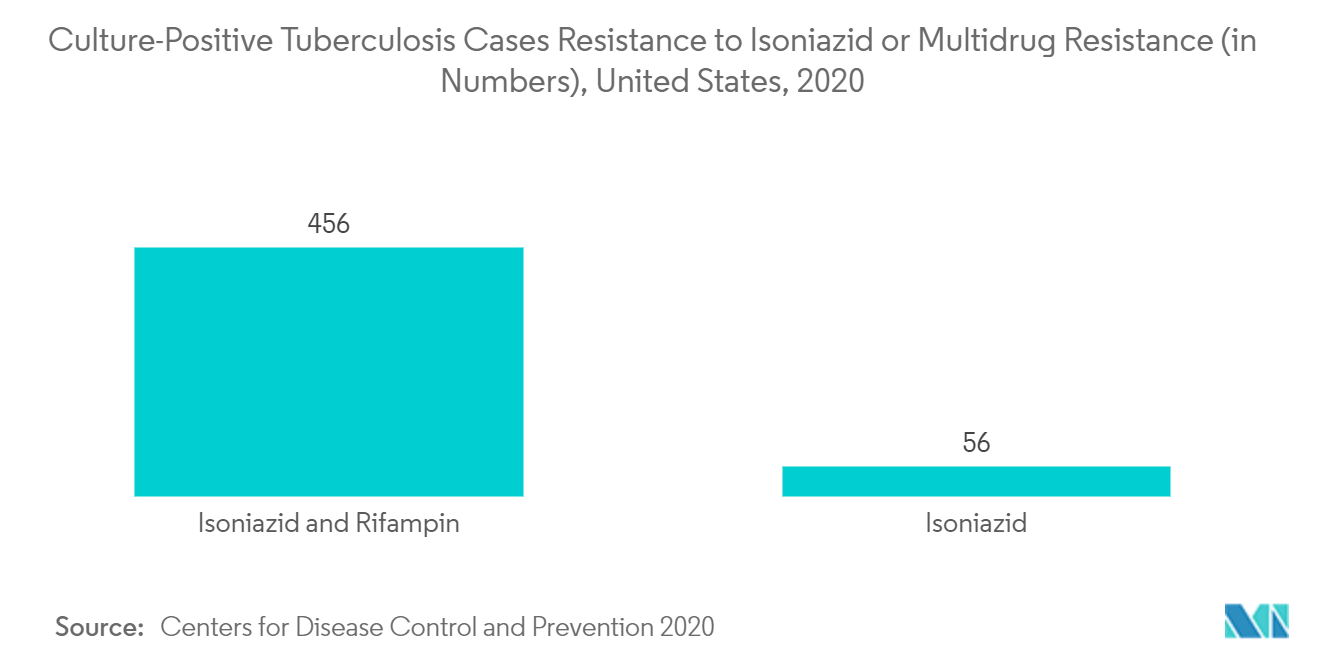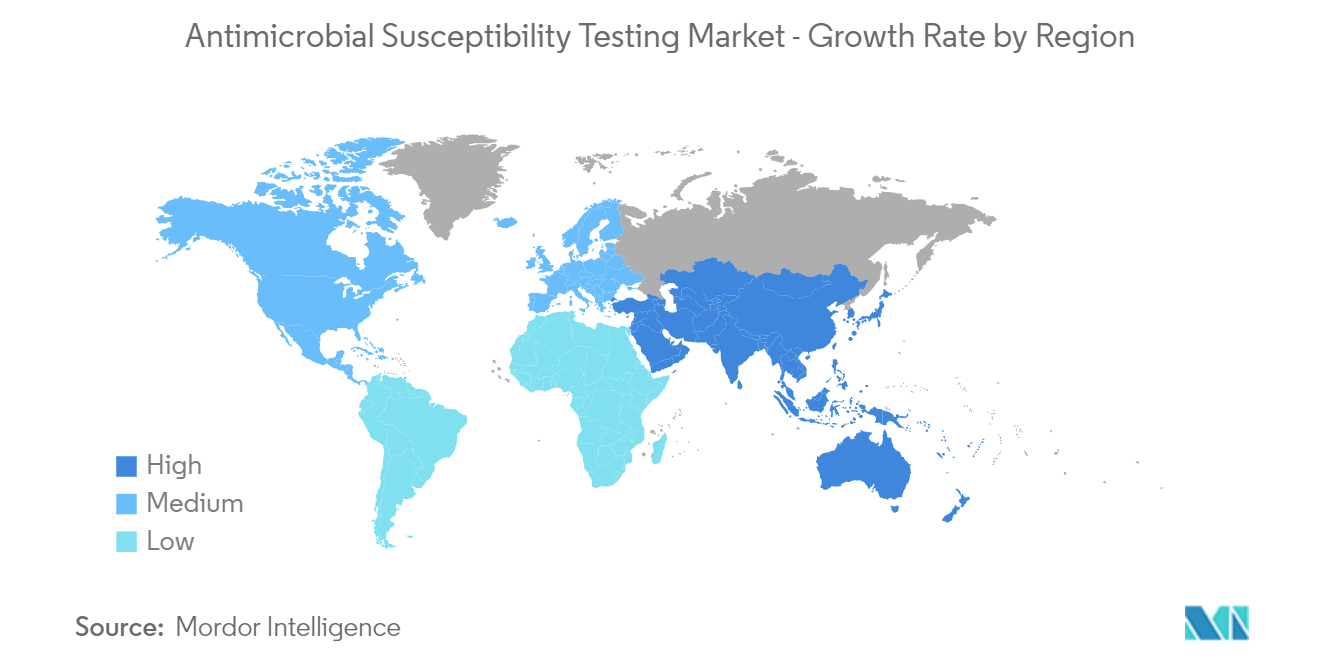Market Trends of Global Antimicrobial Susceptibility Testing Industry
This section covers the major market trends shaping the Antimicrobial Susceptibility Testing Market according to our research experts:
Antibacterial segments dominates the global Antimicrobial Susceptibility Testing Market
Antibacterial susceptibility testing is used to ascertain the specific drugs which affect the bacteria. These tests can guide the physician in drug preference and dosage for difficult-to-treat infections.
According to the Centers for Disease Control and Prevention 2020 report, isoniazid resistance at initial diagnosis was reported for 456 cases in the United States, including 4.8% of cases among U.S.-born persons and 9.5% of cases among non-U.S.-born persons in 2020. Furthermore, government initiatives and product awareness programs boost market growth. For instance, the 2021 Canadian Antimicrobial Resistance Surveillance System (CARSS) report presents an integrated view of available national-level data on antimicrobial resistance (AMR) and antimicrobial use (AMU) generated by the Public Health Agency of Canada (PHAC) and its partners from human populations and animal populations.
Thus, considering the above-mentioned facts, the antibacterial segment is anticipated to face a growth over the forecast period.

North America Dominates the Market and Expected to do Same in the Forecast Period
North America is expected to dominate the overall antimicrobial susceptibility testing market, throughout the forecast period. This is due to factors such as the rising incidence of antibiotic-resistant infections and increased use of antibiotics in the studies region. For instance, as per 'COVID-19: U.S. Impact on Antimicrobial Resistance, Special Report 2022', azithromycin use was 150% higher in April 2020 and 82% higher in December 2020 in Nursing Homes. Azithromycin prescribing remained elevated through October 2020.
Government funding and initiatives for the awareness and support for antimicrobial resistance boost the market growth. For instance, according to the Antibiotic Resistance Threats United States report, in 2020 funding through CDC's AR Solutions Initiative supports all 50 state health departments, several local health departments, and Puerto Rico, Guam, and the U.S. Virgin Islands. CDC also collaborates with other federal agencies, state and local health departments, patients, public health partners, and the private sector to address this threat. CDC invested in more than 330 innovative antimicrobial resistance projects in more than 30 countries to slow the spread of resistance globally till 2020. Through these investments and partnerships, CDC is transforming how the nation and world combat and slow antimicrobial resistance at all levels. With these investments, CDC implemented the AR Solutions Initiative to work toward meeting the national goals. This appropriation has increased to more than USD 200 million as of the fiscal year 2021. Furthermore, The WHO HIV drug resistance (HIVDR) report 2021 shows substantial progress in the implementation of HIVDR surveillance. Among adults failing non-nucleoside reverse transcriptase inhibitor(NNRTI) first-line antiretroviral therapy(ART), the levels of resistance to these drugs ranged from 50% to 97%. The high levels of HIVDR among individuals with treatment failure, emphasize the need to scale up viral load testing and enhanced adherence counseling and promptly switch individuals with treatment failure.
Furthermore, well-established awareness programs for precision medicine and the use of antimicrobial testing, beneficial government initiatives, and an increase in the number of research partnerships are some of the drivers expected to increase the market growth. For instance, in 2020 the White House released the second United States National Action Plan for Combating Antibiotic-Resistant Bacteria for 2020-2025 with coordinated, strategic actions to improve the health and well-being of all Americans.
As per the factors mentioned above, North America is expected to face growth over the forecast period.


